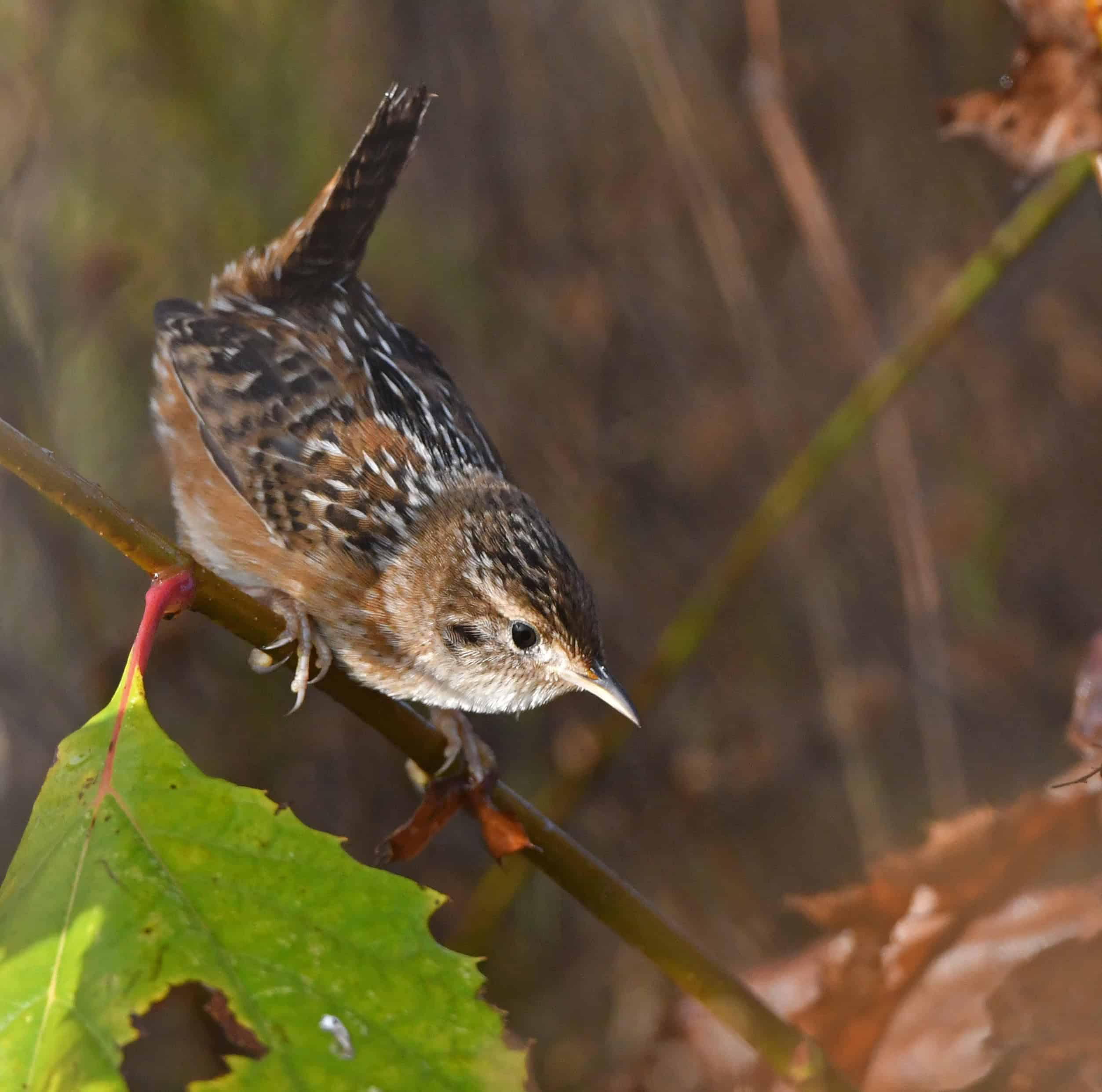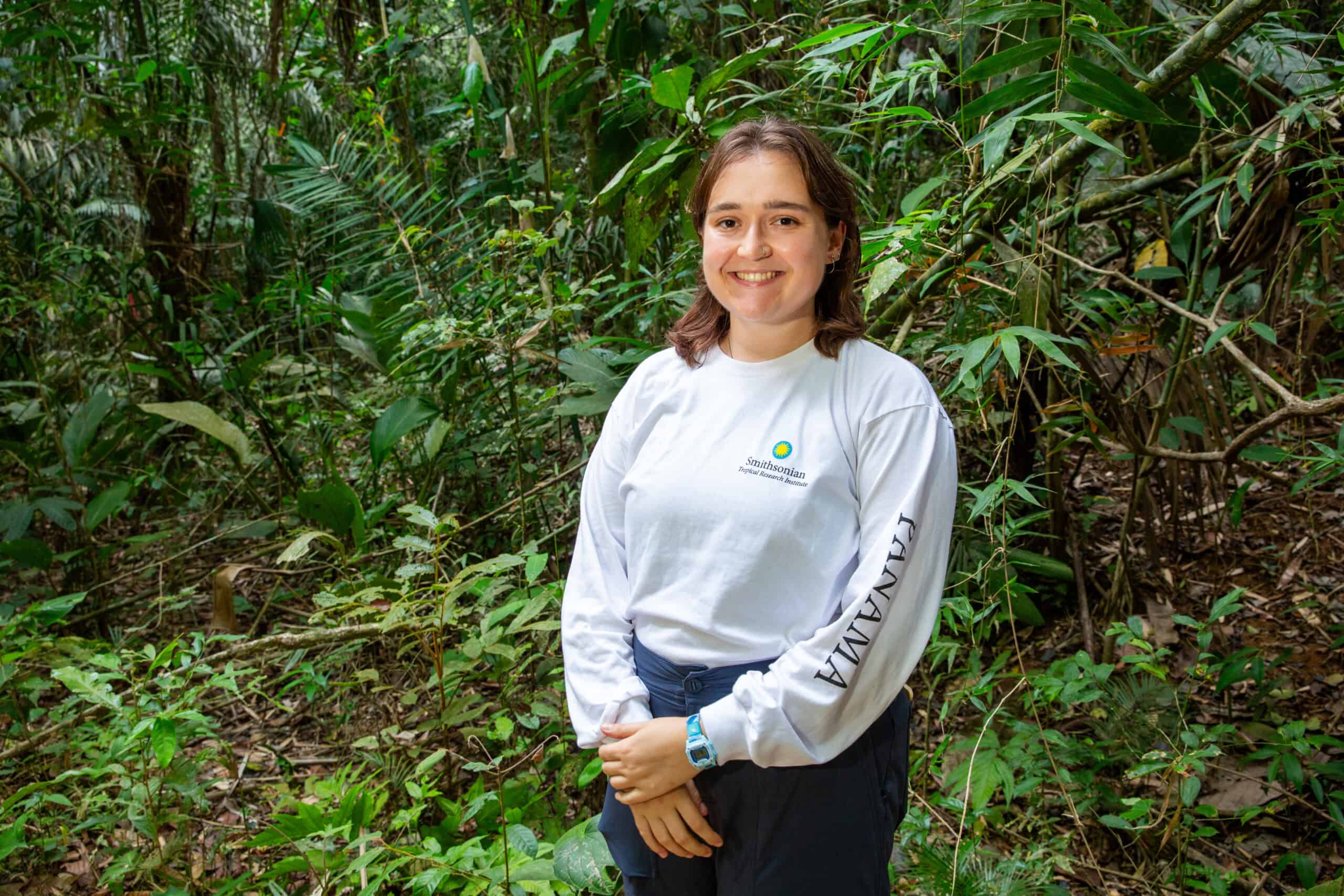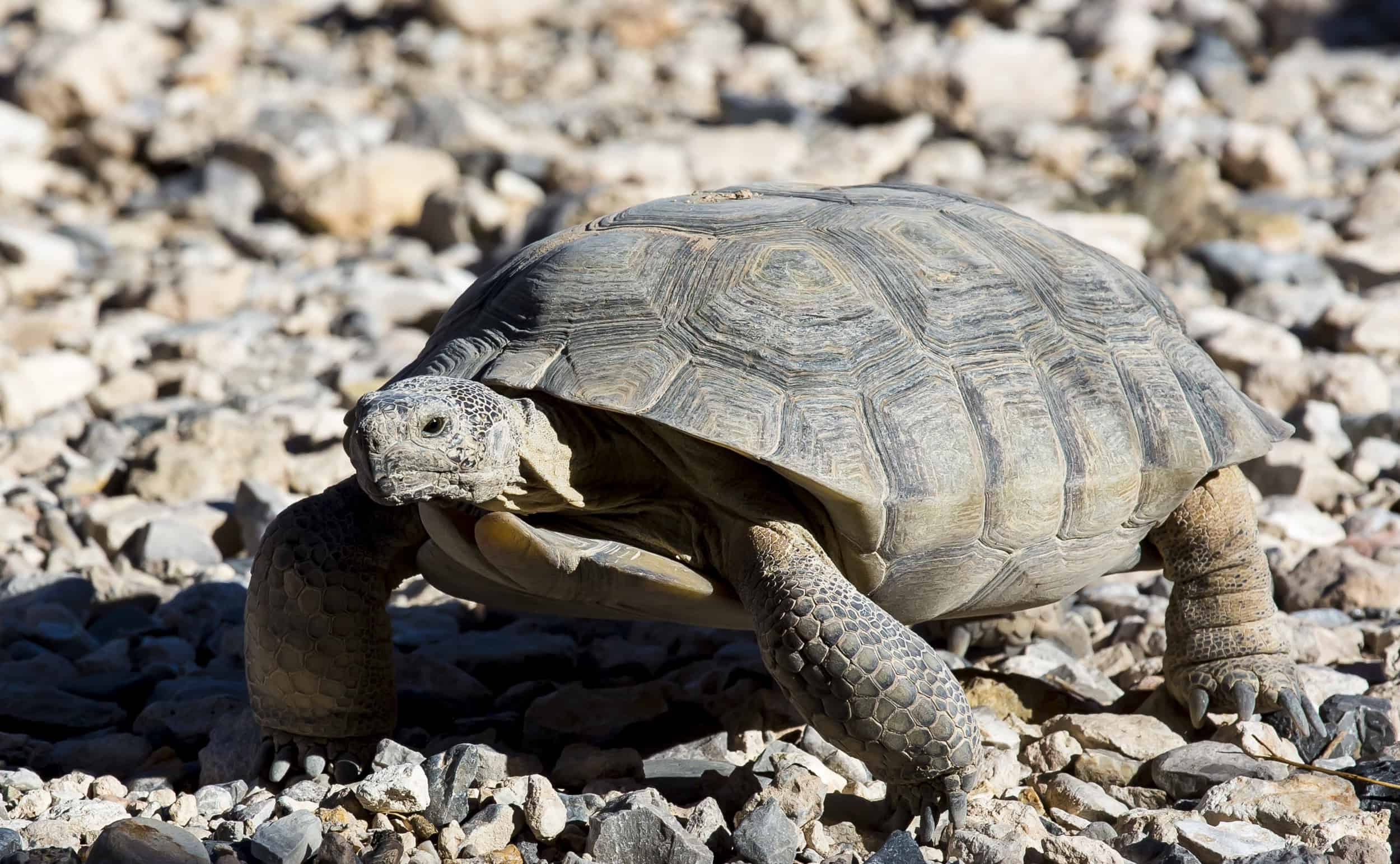Share this article
BioBlitz joins BLM, citizen scientists in New Mexico desert
The Bureau of Land Management Las Cruces District recently sponsored its first Bioblitz at the Dripping Springs Natural Area, attracting volunteers from the surrounding communities to learn about the biodiversity of the Organ Mountains. The Natural Area is part of the Organ Mountains-Desert Peaks National Monument and is a popular site and great source for science.
With the help of 114 citizen scientists, the BLM recorded over 130 species of plants, lizards, moths, butterflies, bats, birds and small mammals, despite the uncharacteristically cold spring day.
During the bird hikes, citizen scientists recorded 26 species of birds that are commonly seen in the area. During the process of banding birds, the team was able to record migrant birds that are not easy to see or hear. Such birds typically will not sing since they are not in their breeding grounds. Plus, they travel long distances, so the birds try to conserve their energy, only stopping to feed quickly and continue on their journey. Two of the birds recorded were the gray flycatcher (Empidonax wrightii) and the orange-crowned warbler (Oreothlypis celata).
The migration route of the two species passes through southern New Mexico, but they are more frequently found in riparian areas near the Rio Grande instead of the mountains. The gray flycatcher is especially rare. According to citizen scientist records, the last gray flycatcher sighted at the natural area was in September 2016. However, there have been other sightings in the northern portion of the Organ Mountains (the Natural Area is nestled at their base). Elsewhere in the mountains, the last sighting was in September 2017. The first record of a gray flycatcher was in October 2006. Since then, there have been only 28 sightings.
For the Bioblitz bat program, a BLM expert conducted acoustic monitoring of the bats using a SonoBat program on her Microsoft Surface tablet and a Pettersson M500 microphone. There are some limitations to this surveying method since some bat species have a lower detection rate than others, and it is difficult to quantify abundance. This method is better served to determine species composition. The upsides to it, though, are that no permit is required and it is not invasive. This has been of special concern recently since the emergence of white-nosed syndrome, as catching bats in mist nets can further spread the fungus that causes the devastating disease.
Citizen science opens the doors of scientific inquiry to anyone who has an interest. Anyone can make a meaningful contribution to science, regardless of their expertise. At this event, while the highest number of observations was made by a BLM botanist; the second highest was made by a 6th grader!
At the end of the event, everyone who volunteered came away with a sense of accomplishment and the affirmation there is so much more life in the Chihuahuan Desert and our local mountains than they realized. All they had to do was look for it.
From this Bioblitz and future ones, the BLM will be able to generate a list of flora and fauna to help the agency make management decisions and educate visitors. The BLM is also teaming up with a local geographer and poet to convert its biodiversity inventory into a “poetic inventory,” connecting art to science in order to provide a different perspective on the natural environment.
The Bureau of Land Management is a Premier Partner of The Wildlife Society.
Header Image: Citizen scientists join Bureau of Land Management biologists for a BioBlitz event in New Mexico’s Dripping Springs Natural Area. ©Christina Selby








